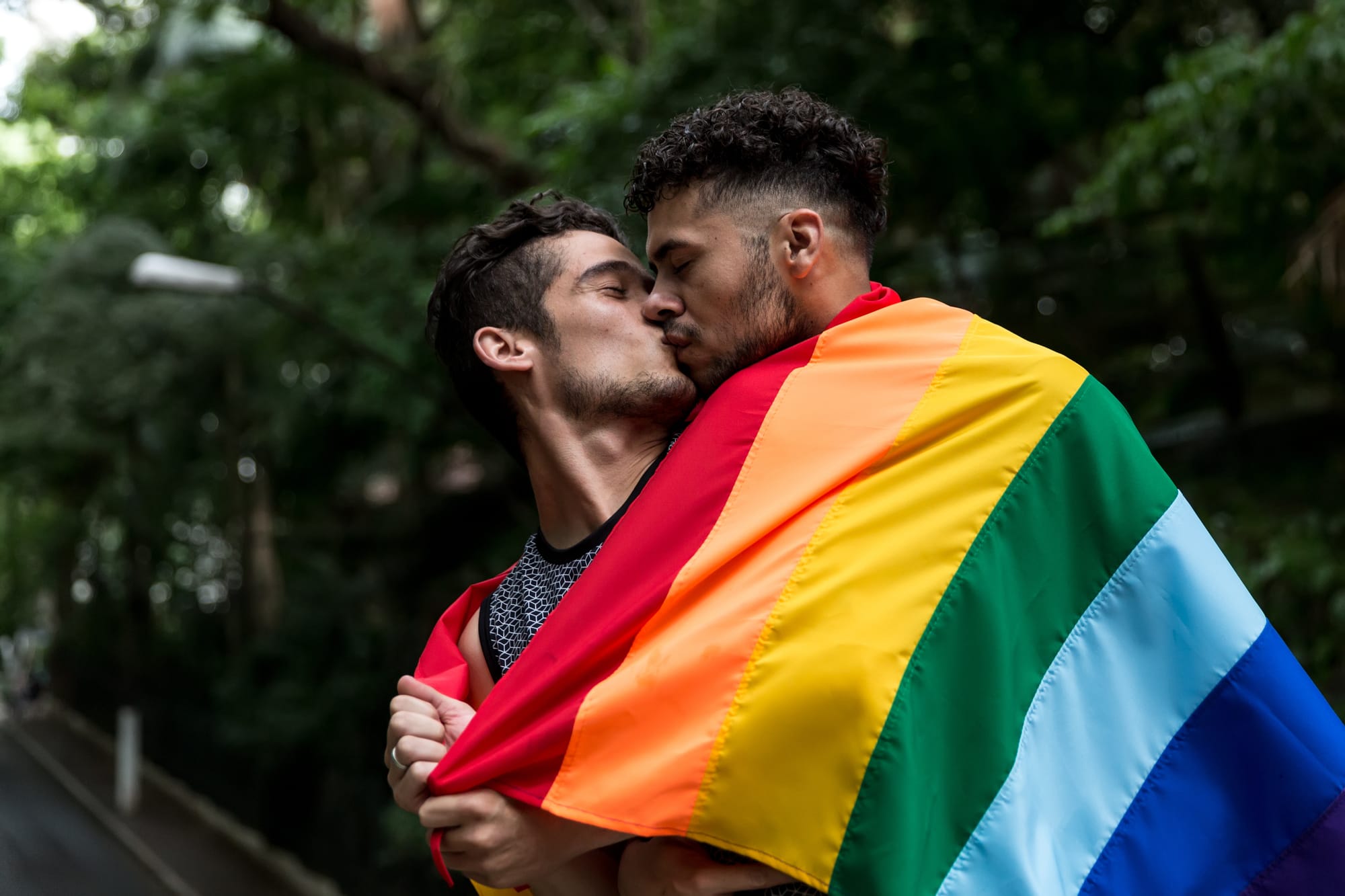What’s life like for LGBTQ people in Peru?
Let’s take a look at some of the key equality indicators.

What’s life like for LGBTQ people in Peru? Let’s take a look at some of the key equality indicators.
Is homosexuality legal in Peru?
Same-sex sexual activity was effectively decriminalised in 1836 and this was further clarified in 1924 when a new Penal Code was enacted.
The age of consent is 14, regardless of sexuality.
Are there anti-discrimination protections in place for LGBTQ people in Peru?
Yes. Under the Penal Code of 2018, discrimination on the basis of sexuality is prohibited.
Is there Marriage Equality in Peru?
As things currently stand, there’s no legal recognition of same-sex relationships in Peru. There is quite a bit of discussion about the subject, and the 2018 decision by Inter-American Court of Human Rights adds weight to the legal arguments in favour of marriage equality.
What’s life like for LGBTQ people in Peru?
Peru is a socially conservative country, and anti-LGBTQ sentiment has been largely fuelled by the Catholic church.
Generally, there appears to be growing acceptance of equality for LGBTQ people.
What’s the history of homosexuality in Peru?
From what we know of the ancient civilisations that occupied this part of the world, same-sex sexual activity was seen as a normal part of life.
The ceramics that have survived from both the Moche civilisation (100-700 AD) and the Chimú civilization (900-1470 AD) frequently depict same-sex sexual activity. The Aymara people regarded homosexuals as supernatural beings and shamans, capable of magic.
The Inca Empire’s perception of homosexuality is unclear and is the subject of ongoing debate. Most modern-day documentation about the Incas stems from the Spanish Inquisition, which introduced Christianity to Peru and South America and regarded homosexuality as sinful. According to certain sources, homosexuality and cross-dressing were tolerated “acts of worship”, commonly practised in religious rituals and temples. Quariwarmi were cross-dressing shamans, tasked with performing rituals in honour of Chuqui Chinchay, a jaguar dual-gender god. Effeminate men were called hualmishcu or warminchu by the Incas.
Male and female prostitution also existed in the Inca Empire. Prostitutes were known as pampayruna. Male prostitutes were certain privileges – they lived in temples, dressed in fine garments, and were particularly liked by noblemen. This would suggest that homosexuality was practised by Inca nobility. Indeed, Francisco de Toledo and other Spaniards were reportedly “horrified” to find that homosexuality and premarital sex were practised by the Incas upon their arrival in the 16th century. Following the fall of the Inca Empire in 1572, the Spanish introduced the death penalty for sodomy.
